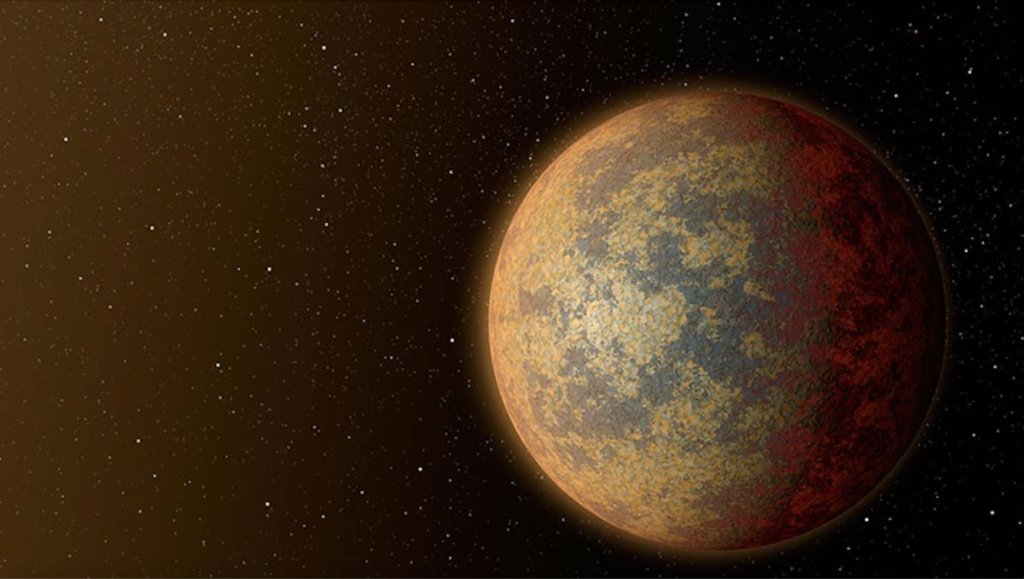Look out, everyone: There’s a new exoplanet in town.
An international team of researchers searching for transiting exoplanets (those that cross their host star’s face from our perspective) has made its latest discovery — an Earth-size body just 72 light-years away from us.
K2-415b, as the newly discovered world has been named, orbits the nearby red dwarf star K2-415. Researchers identified the exoplanet in the data of NASA’s now-defunct Kepler space telescope, its secondary mission K2, and its successor, the Transiting Exoplanet Survey Satellite. While K2-415b is not the closest known exoplanet to Earth, it is, on a cosmic scale, one of our close neighbors. And it’s a particularly intriguing exoplanet for astronomers to study.
Related: 9 alien planet discoveries that were out of this world in 2022
“The K2-415 system is unique in that K2-415 is one of the coolest, or lowest-mass, stars known to host an exoplanet,” Teruyuki Hirano of the Graduate University for Advanced Studies (SOKENDAI) in Japan, lead author on a paper about the discovery, told Space.com. In fact, there are only four stars cooler than K2-415 that are known to host at least one exoplanet, including the famous TRAPPIST-1, which has seven known exoplanets.
“One motivation for investigating the planets around such low-mass stars is to understand and clarify whether those planets form and evolve just like the planets around solar-type stars,” said Hirano.
Solar-type stars are stars akin to our sun. Red dwarf stars (also known as M-dwarfs), on the other hand, are far cooler and much smaller. K2-415 is thought to have a surface temperature of about 5,250 degrees Fahrenheit (2,900 degrees Celsius), compared to our sun’s 9,900 degrees F (5,480 degrees C), with a diameter of 0.2 solar radii and a mass just 0.16 times that of the sun.
Ultimately, the more exoplanets we discover — and the more we learn about their star systems — the higher the chance we’ll find more potentially habitable exoplanets. K2-415b is not in the habitable zone of its star, or the distance from a star at which liquid water can exist on a world’s surface. The exoplanet is extremely close to K2-415, so close that it only takes about four Earth days to complete an orbit. “But there is a possibility that there is another planet lurking in the system that sits inside the habitable zone,” said Hirano.
Hirano hopes to study K2-415b further, determining its mass and internal structure. Preliminary estimates peg the exoplanet as about three times more massive than Earth, despite having a radius just 1.015 times that of Earth. But he also wants to turn to the orbit and architecture of the system at large.
“So far, only one transiting planet was found in the system, but this does not
necessarily mean the system is a ‘single’ one,” he said. “Further radial velocity observations, as well as photometric monitoring, will be able to constrain the presence of outer planets in the system.”
A paper on the team’s research has been accepted for publication in The Astronomical Journal and is currently available on the preprint server arXiv (opens in new tab).
Follow Stefanie Waldek on Twitter @StefanieWaldek (opens in new tab). Follow us on Twitter @Spacedotcom (opens in new tab) and on Facebook (opens in new tab).

